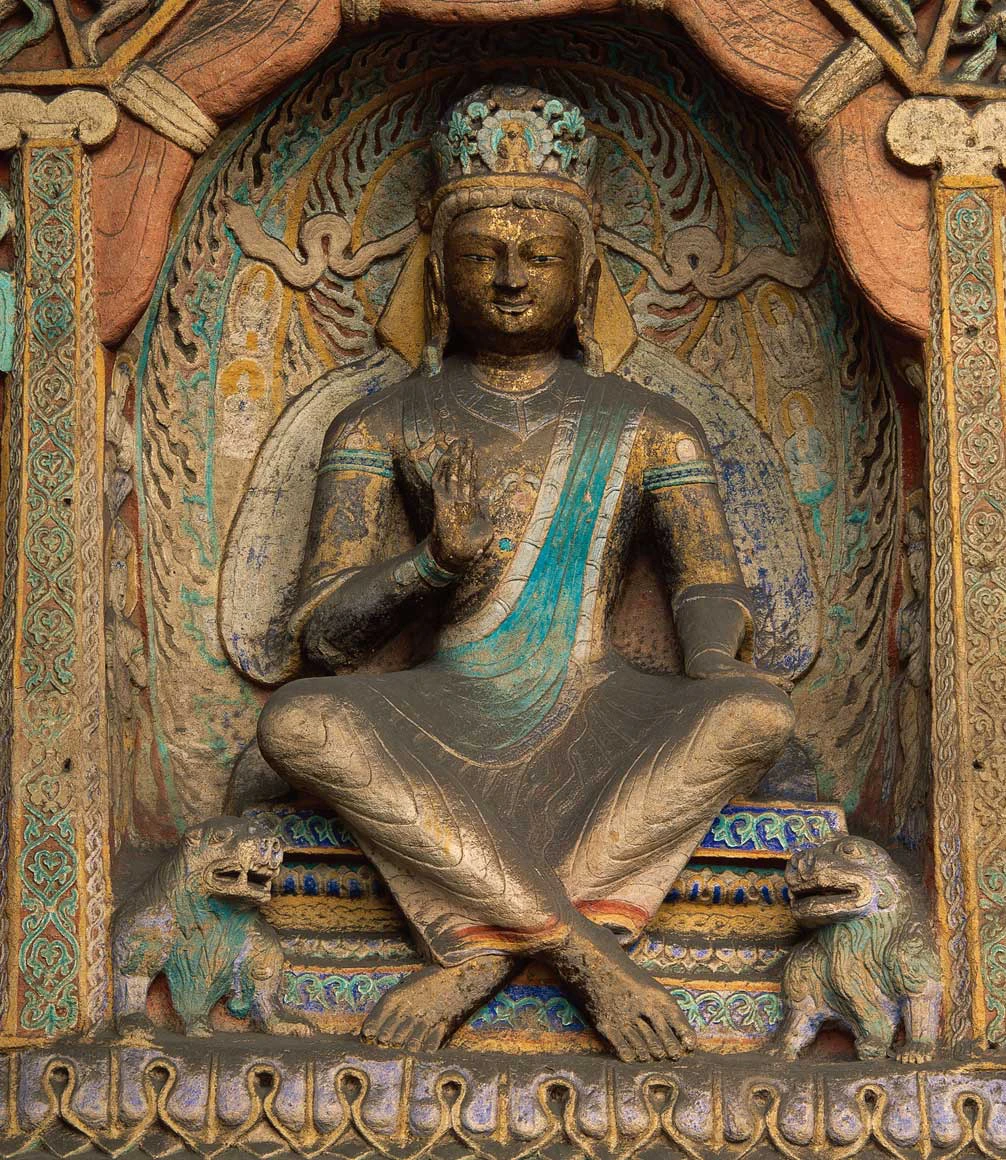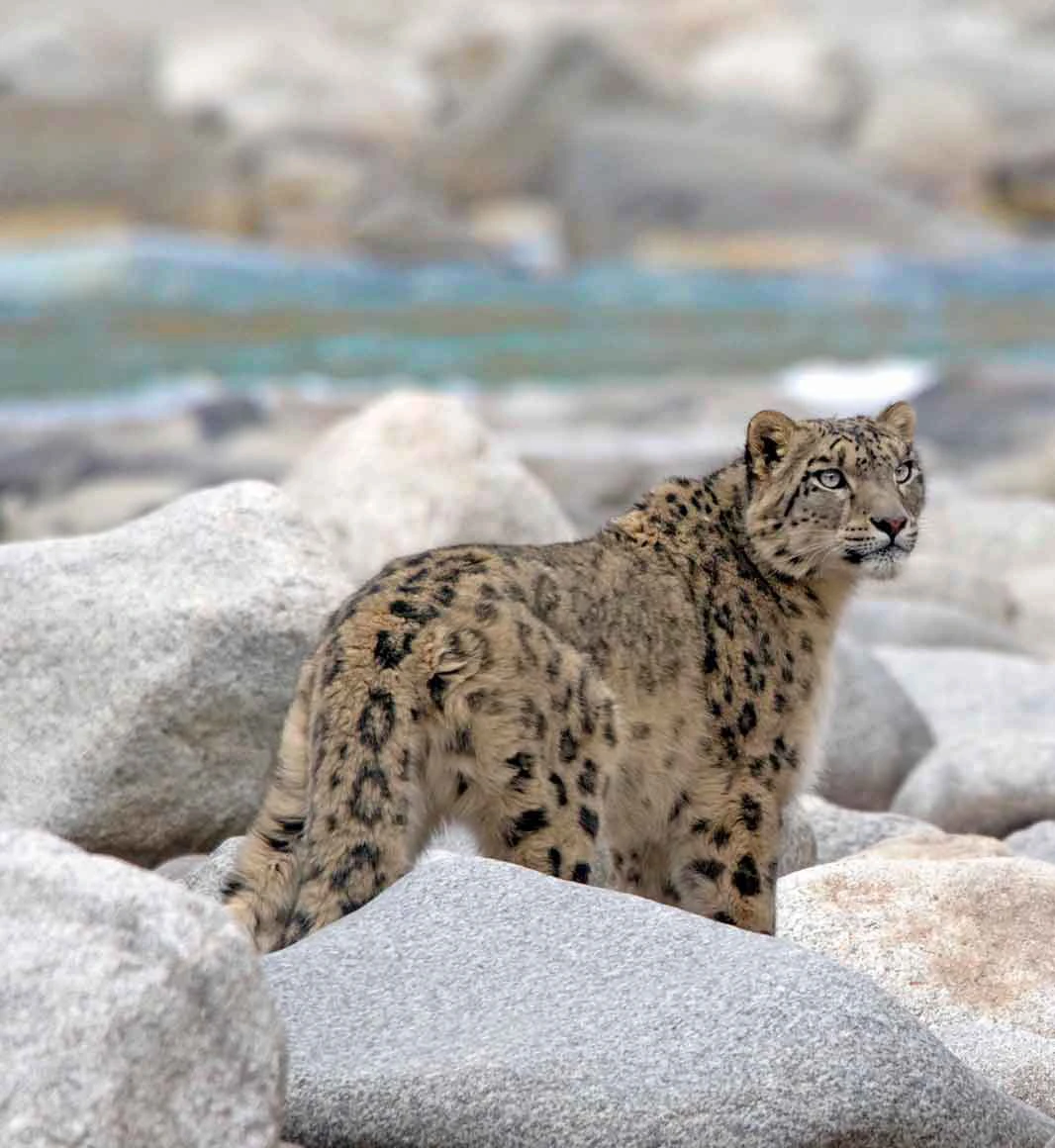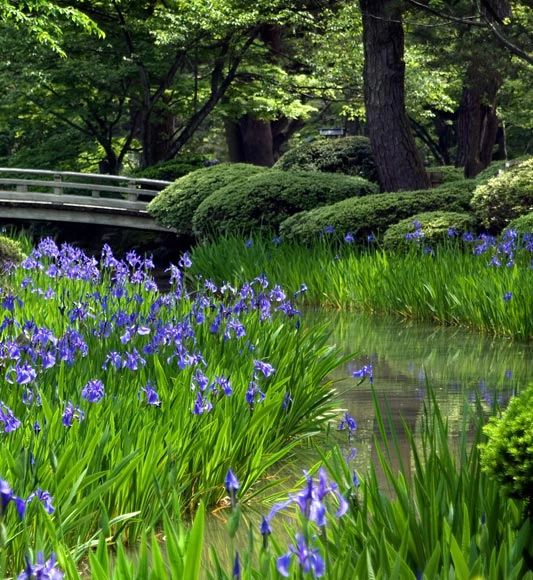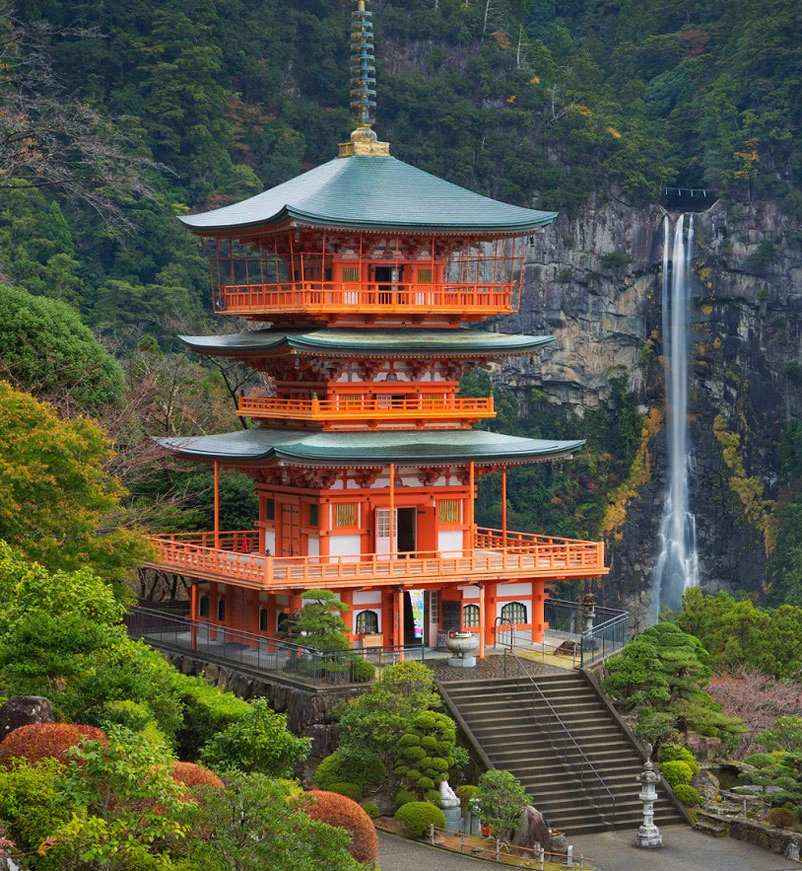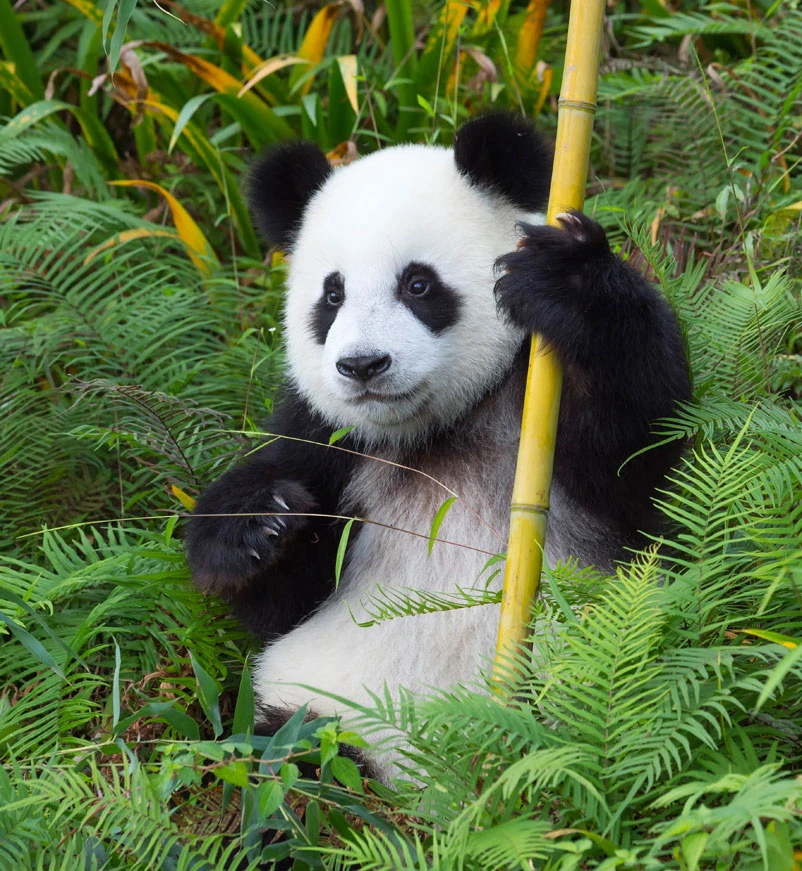
Giant Panda eating bamboo at Chengdu Research Base
Considered a national treasure in China, the Giant Panda is a global symbol of successful wildlife conservation. Down to just 1,000 by the late 1970s, these distinctive black and white creatures were declared endangered in 1990. Rampant poaching and rapid destruction of their natural habitat had brought them to the brink of extinction.
However, thanks to China’s persistent and radical efforts, Giant Panda has been downgraded to ‘vulnerable’ on the global list of species at risk of extinction after their population increased by 17% in a decade. This is an achievement to celebrate, yet pandas remain scattered and vulnerable with only 1,864 left in the wild. However, work is ongoing and establishing new reserves and extending existing ones are crucial to their survival.
Getting close to these endearing creatures is on many visitors’ bucket lists during their holiday to China and is one of my most treasured experiences. I have therefore shared with you my recommendations for the best reserves where you can view and interact with these incredible animals.

Baby Giant Panda at Chengdu Research Base of Giant Panda Breeding
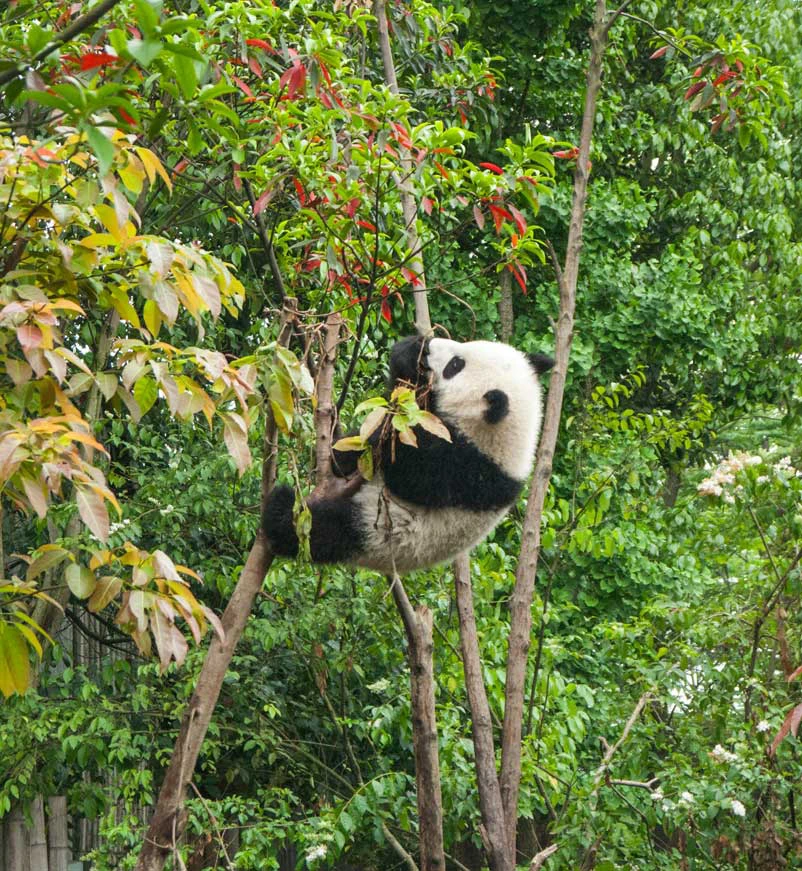
Tree climbing Giant Panda
"In the surrounding forested mountains are picturesque hikes, which may present an opportunity to see pandas in the wild."
View baby pandas at Chengdu Research Base of Giant Panda Breeding
Located in the Sichuan Province of China, the Chengdu Research Base of Giant Panda Breeding was created to imitate the natural habitat of giant pandas in order that they have the best possible environment for breeding and rearing. Founded in 1987, the centre was established with just six rescued pandas. Regarded as the most important panda sanctuary in the world, it now consists of a research centre, an open research laboratory, a veterinary hospital, an enclosure and a playground. In 2022, the base’s area was expanded from 69 to 238 hectares, giving more space to these iconic species and allowing for more panda-friendly pavilions.
Chengdu is the best place in the country to see baby pandas, which are hand-reared by the keepers. On my most recent visit, I was fortunate to see two newborn pandas. Just one week old, they were only about the size of a pencil and with hardly any hair they looked nothing like the adult pandas we are used to seeing.
The best time to visit is early morning when the temperature is cooler and they are tempted out from their air-conditioned enclosures to roam freely in the open. This also happens to be their feeding time so you will get to see them chomping on bamboo, climbing trees and splashing in the water.
Become a keeper for the day at Dujiangyan Panda Reserve
If you’re looking for closer contact with Giant Panda, Dujiangyan Panda offers accessible volunteer programmes. Located in Qingchengshan Town of Dujiangyan City, the reserve specialises in teaching pandas to live in the wild so that they can be released back into their natural habitat. From cleaning enclosures to slicing bamboo and preparing food, there is plenty for you to get involved with.
Due to the long drive from downtown Chengdu, Dujiangyan Panda Base is less crowded than Chengdu which is a plus for many. In the surrounding forested mountains are picturesque hikes, which may present an opportunity to see pandas in the wild. If you enjoy walking, then you might consider one of the ancient pilgrimage routes in the mountains that lead to beautiful temples.
After spending the day as a panda keeper or exploring the mountains, you might wish to retreat to the stunning Six Senses Resort near the Base – the perfect spot to escape from the hustle and bustle of Chengdu.
Highlights of viewing Giant Panda
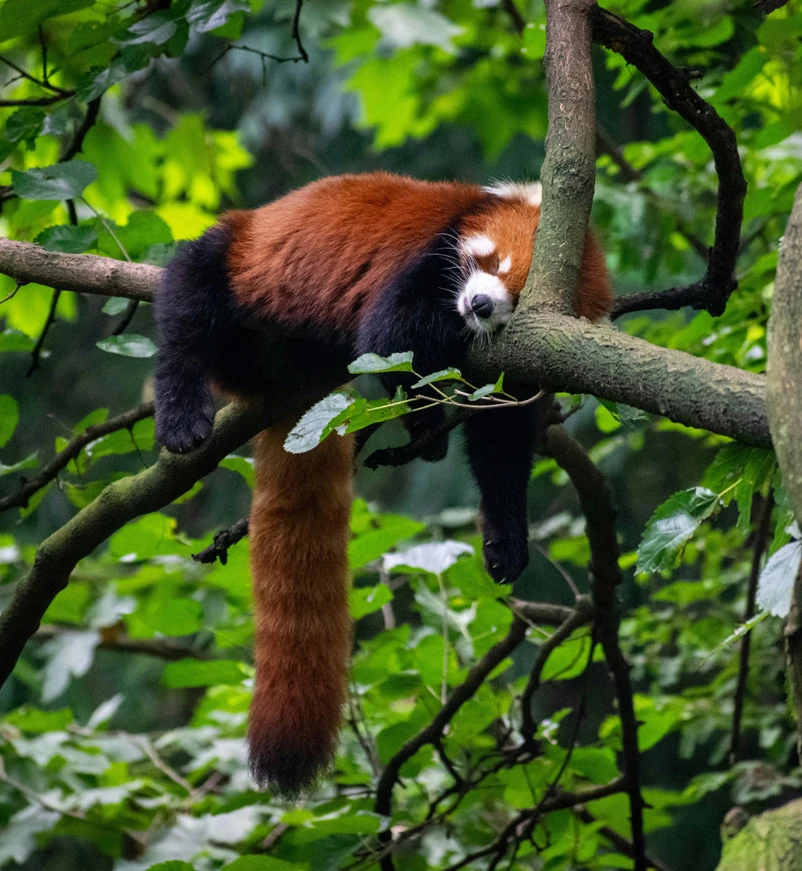
Red panda at Chengdu Research Base
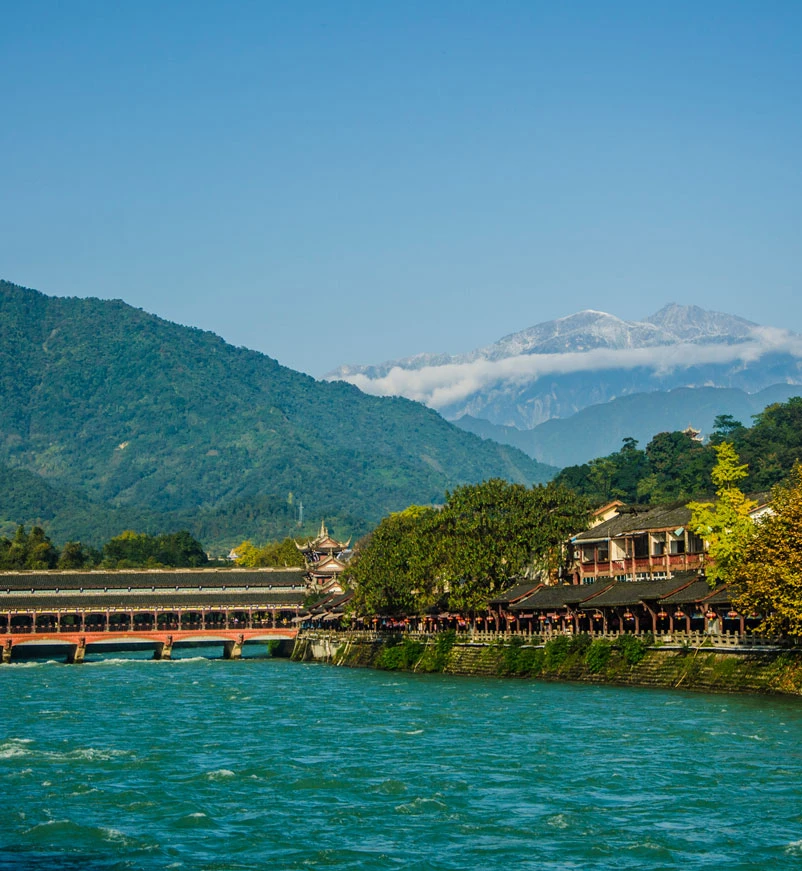
View of Dujiangyan in China (©Six Senses Qing Cheng/Tang Chao)
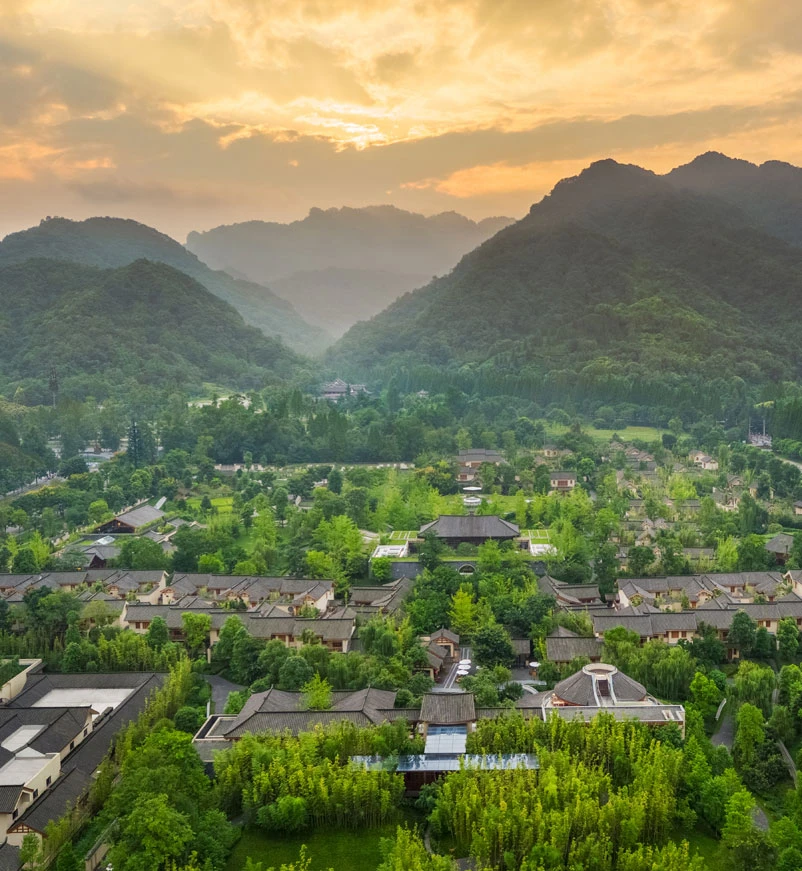
Stay at Six Senses Qing Cheng Mountain spa resort (©Six Senses Qing Cheng/Seth Powers)
Learn about panda tracking at Laohegou Land Trust Reserve
Established in 2013, Laohegou was China’s first land reserve in Sichuan Province. Located in southwest China’s Pingwu County, the reserve is not only home to giant pandas but a wealth of rare plants and animals such as Sichuan golden monkeys, musk deer and black bears.
Since its establishment, people-led conservation has been at the centre of Laohegou. Building close relationships, working collaboratively and fostering awareness of the connection between conservation and livelihoods are essential to reducing conservation threats.
Although the reserve is currently closed to the general public, we can arrange special access to the reserve – a must for intrepid travellers and nature lovers who are interested in panda tracking and conservation.
Discover incredible biodiversity in Tangjiahe Nature Reserve
Founded in 1978, Tangjiahe is situated in northern Sichuan and is one of the most important nature reserves in China. It is one of seven reserves in Sichuan that makes up the largest remaining contiguous habitat for the Giant Panda and is one of the most biodiverse regions in the world. The reserve is home to around 72 protected species including giant pandas, red pandas, snub-nosed monkeys, clouded leopards and takins.
With lush forest valleys and vegetated hillsides, Tangjiahe is also an incredible place for trekking and hiking. It provides a unique opportunity to explore ethnically diverse villages that play an integral role in protecting the rare flora and fauna of the region. This is a different side to China that is often overlooked by overseas travellers.
Ready to take the road less travelled?
Related articles

